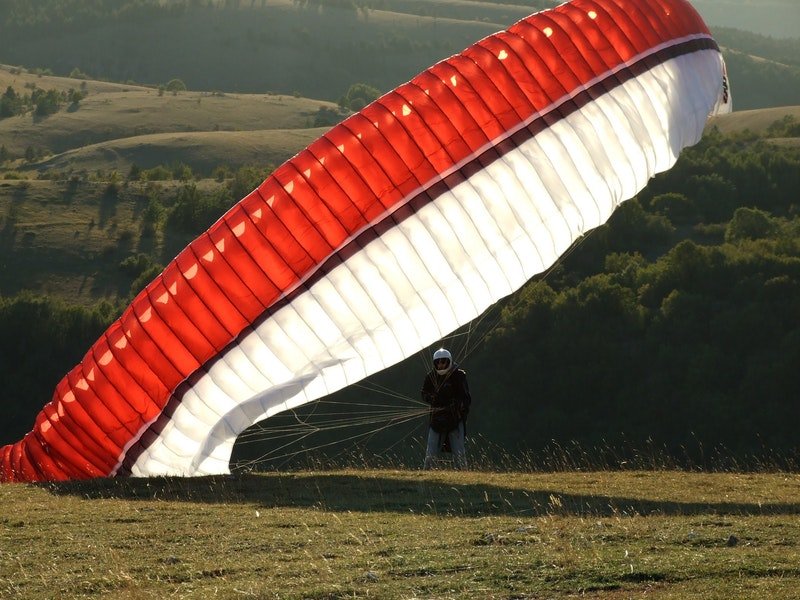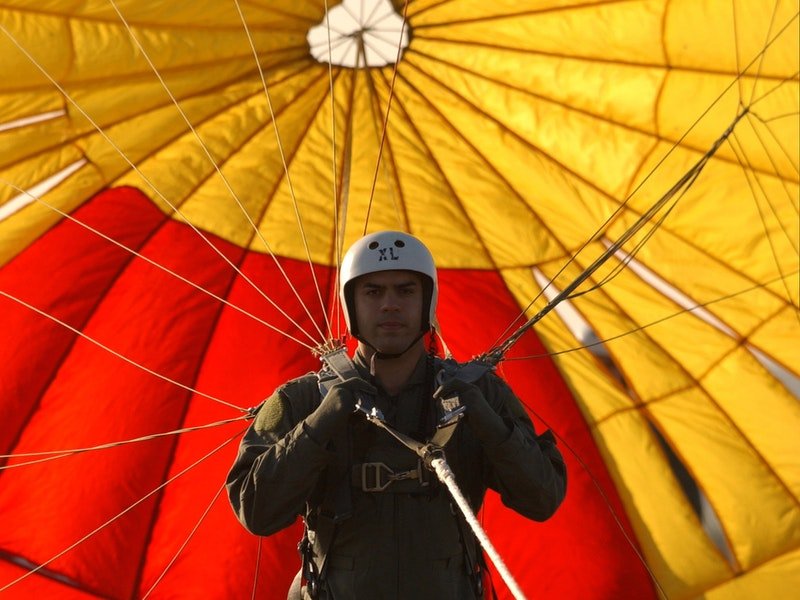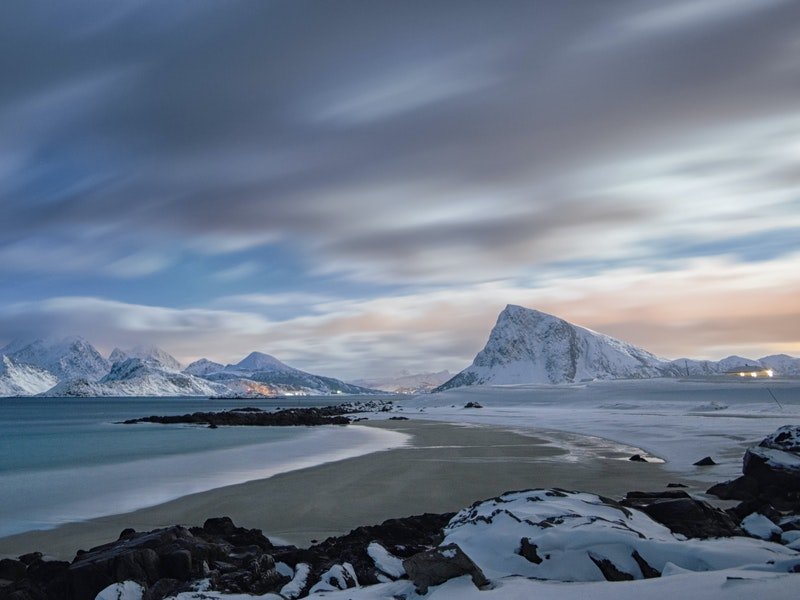Many new and novice skydivers have questions and concerns, it’s normal. A lot of those questions will be around how the weather and natural elements affect skydiving; what makes for safe and unsafe skydiving conditions? One of the most common questions is: ‘does temperature affect skydiving?’
You’ll probably have a lot of queries as to how different temperatures and weather conditions affect skydiving safety. But you’d be surprised by most of the answers, and under what conditions it’s still safe to skydive.
To get to the bottom of this let’s take a look at what are the best weather conditions for skydiving. Let’s also explore how the rain, cold, and winter can affect your skydiving experience.
What weather conditions cancel a skydive?

While temperature can affect skydiving, skydivers adhere to the Visual Flight Rules (VFR), set out by the Federal Aviation Administration. These regulations indicate to aircraft pilots when it is, and isn’t, safe to fly.
Most of these rules and guidelines are based on how clear the atmosphere is. The VFR sets out a minimal field of clear vision using Visual Meteorological Conditions (VMC). These rules are important for the pilot to have a clear view of the ground and other aircraft. Equally, these rules also ensure a skydiver’s vision of the landing zone and other skydivers is always clear and safe.
So while different temperatures can affect skydiving, the primary rule of thumb is that there should be clear blue skies. Skydivers will rarely jump when it’s cloudy; why would you want to jump if you can’t get those magnificent views?
Can you skydive in the rain?

While it’s possible to skydive in the rain, it’s very rarely done. As mentioned above, the VFR sets out strict rules which deter pilots and skydivers from going up when the weather is gloomy and vision is impaired.
Even if you could skydive in the rain it would make for a very unpleasant experience. Temperatures at high altitudes are much colder than on the ground. Also, falling into rain would soon get you drenched through. Your gear and clothing would begin to feel heavy and you’d feel much colder, regardless of your layer. When skydiving you always want to feel as dry and comfortable as possible.
There may be occasions when there’s a very light drizzle but the clouds are sparse or widely dispersed. Experienced and professional skydivers may even risk light rain and wet conditions. But for first-time and less experienced skydivers you’ll only skydive when the conditions are clear.
What is the best temperature for skydiving?

Many people ask what the best temperature for skydiving is. The first thing to know about skydiving temperatures is that it’s going to be cold. Often very cold. Even on a magnificent clear sunny day or 75F (24C), it’s going to be around 45F at a high altitude. As a general rule of thumb, temperatures are about 30 degrees (F) colder when you’re up at your peak height. So as you can imagine, it’s going to feel a lot colder when you jump from the plane.
As long as it’s clear and there are blue skies, you’re going to have a fabulous day of skydiving. When you’re out there in freefall you probably won’t even notice the temperature. The rush and adrenalin will quickly override any concerns of the cold. And within a minute or so, as you get closer to earth, you’ll quickly begin to warm up again.
Is it bad to go skydiving in the cold?

No, definitely not. As long as it’s not raining and there are no issues with the cloud or wind, the cold shouldn’t affect your skydiving or be the cause of cancellation.
You’ll want to dress appropriately and wear a few extra layers than you’d expect. At below 59F (15C), you’ll want to wrap up very warm. Thick gloves are important (your fingers really feel that cold!), and we’d recommend thick sleeves and pants. You’ll also want a good set of thermals underneath. Up to 68F (20C), and we would recommend gloves again, as well as long-sleeved tops and pants, with additional layers. At above 68F and you probably won’t need that extra layers underneath.
It may be tempting to wear short sleeves and pants on particularly hot days, but it’s best to avoid this. Not only will you notice that temperature drop when you jump, but it’s always best to keep your skin fully covered up for safety reasons.
Can skydiving be done in winter?

In short, yes you can! Many people wrongly assume skydiving is a summer sport, but it certainly isn’t. It can depend on where in the world you are and how harsh (or pleasant) the winter weather is, but in general, you can skydive all year round.
Again, it all goes back to how clear the skies are. When deciding on whether it’s a good day to jump, you follow the same rules of visibility and wind strength, as you would in the summer. The temperature is generally not the defining factor when deciding to jump, however, if it’s extremely cold it can make the experience unpleasant.
A winter jump can be a very unique and rewarding experience, especially if you’ve already done several summer jumps. In the winter you will get a different view of the land around you, and it can be amazing falling from high above seeing everything covered in frost or snow.
So while the temperature won’t necessarily affect skydiving, remember to wrap up warm! And if the weather gets really bad, you could even try skydiving indoors!

